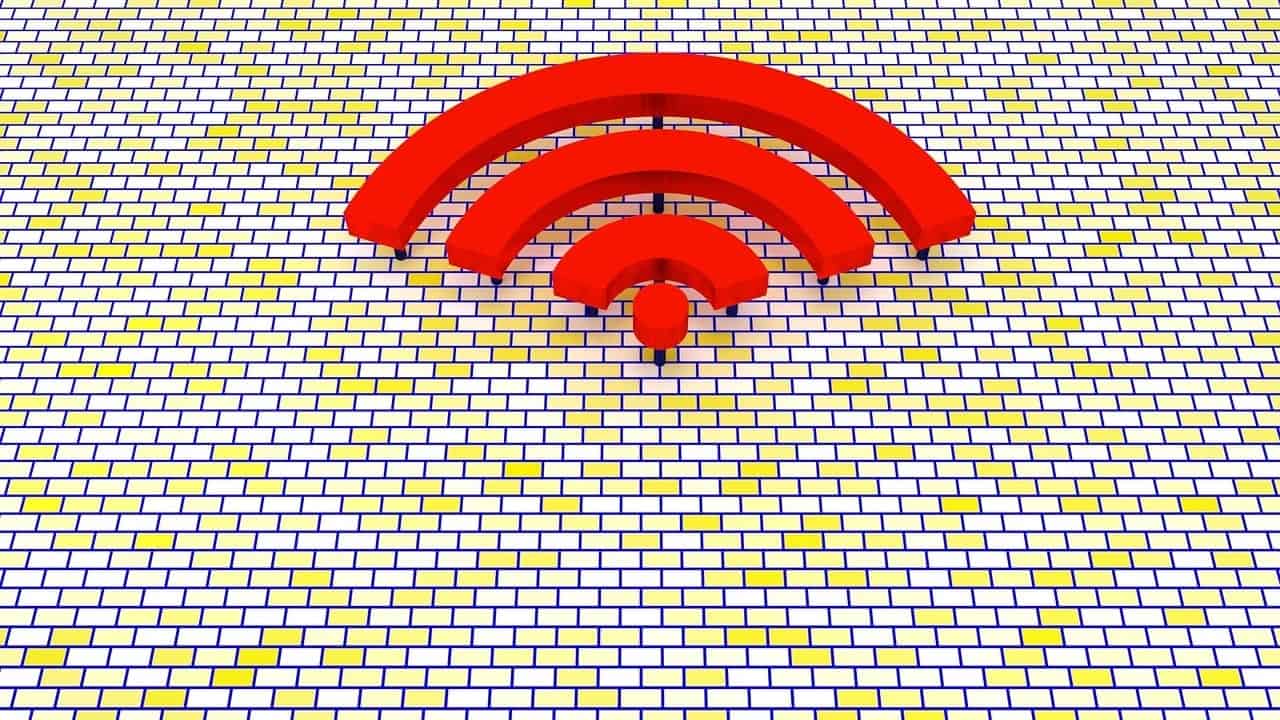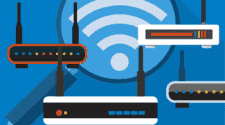Many of us have experienced the frustration of weak or inconsistent Wi-Fi signal in our homes. Even with a seemingly adequate setup, dead zones and dropped connections can disrupt our online activities. This article explores how a free, user-friendly augmented reality (AR) app can empower you to analyze your Wi-Fi network and optimize its performance.
Optimizing Your Home Wi-Fi: A Guide with Augmented Reality

The Challenge of Uneven Wi-Fi Coverage
The introduction effectively sets the scene. While internet service providers (ISPs) typically install routers, achieving optimal coverage within a home can be a challenge. Factors like router placement, building materials, and electronic interference all play a role in signal strength. The example of a 100-square-meter apartment with a weak signal in a bedroom illustrates this point.
The Solution: Wi-Fi AR Apps
The article introduces the concept of Wi-Fi AR apps as a solution to this common problem. These apps leverage AR technology to overlay signal strength and network data onto your smartphone camera view. This allows you to visualize your Wi-Fi network in real-time and identify areas with strong, weak, or no signal.
Introducing a Specific App
The article focuses on a particular free Wi-Fi AR app available on the Google Play Store (Download). While a paid version offers additional features, the free version with basic functionality is sufficient for most users. The app caters not only to Wi-Fi analysis but also provides signal strength readings for 4G and 5G cellular networks, making it a versatile tool.
Simple and Intuitive Operation
The article emphasizes the app’s user-friendly interface. After granting camera permission, users simply choose the network they want to analyze (Wi-Fi, 5G/LTE) and start the scan. By slowly moving their phone’s camera around the environment, the app generates a virtual map with data points superimposed on the real-world view.
Interpreting the Data
The importance of interpreting the app’s data is highlighted. The article explains the concept of signal strength measured in dBm, with a value above -70 dBm indicating decent coverage. However, the app simplifies interpretation by using a color-coded system (red for weak, green for strong) similar to a traffic light. This allows users to easily identify optimal locations for internet-connected devices.
Beyond Signal Strength: Understanding Latency
The article delves deeper than just signal strength by introducing the concept of latency (ping). Latency refers to the time it takes for data to travel between your device and the internet. Higher latency translates to delays and a poorer online experience. The app displays latency in milliseconds, allowing users to identify areas with minimal lag, ideal for real-time applications like video calls and online gaming.
Actionable Insights
The article emphasizes the app’s practical applications. By analyzing signal strength and latency, users can determine:
- The best locations to work with laptops or tablets for optimal internet connection.
- Suitable placements for smart TVs, gaming consoles, and other internet-dependent devices.
- Areas where interference might be causing problems, prompting investigation and potential removal of interfering objects.
Additional Features
The article briefly mentions some additional features of the app, including the ability to:
- Place markers to compare signal strength before and after changes to your network setup.
- Identify the location with the best overall internet performance.
- Capture screenshots or recordings of the data visualizations for sharing with others.
- Customize app settings for improved user experience (measurement intervals, label size, transparency).
Beyond the App: Additional Strategies for Wi-Fi Optimization

While the Wi-Fi AR app provides valuable insights, optimizing your home Wi-Fi might require additional strategies. This section explores some techniques to maximize your network’s performance.
Strategic Router Placement
The location of your router significantly impacts signal strength and coverage. Here are some tips for optimal placement:
- Central Location: Position your router in a central location within your home to ensure even distribution of the signal.
- Elevated Position: Placing the router on a shelf or mounted on a wall can improve signal reach, especially in multi-story dwellings.
- Minimize Obstructions: Avoid placing the router near walls made of brick, concrete, or metal, as these materials can weaken the signal. Similarly, keep electronic devices like cordless phones and microwaves away from the router, as they can cause interference.
- Open Floor Plan: If your home boasts an open floor plan, a single router might suffice. However, for homes with multiple floors, walls, or complex layouts, consider a mesh network system.
Mesh Network Systems
Mesh networks consist of multiple units strategically placed throughout your home. These units work together to create a seamless, blanket-like Wi-Fi coverage, eliminating dead zones. This is particularly beneficial for larger homes or those with uneven signal distribution.
Channel Selection
Wi-Fi routers operate on specific channels. Congestion can occur if multiple routers in your vicinity use the same channel. Some Wi-Fi AR apps can identify congested channels. Alternatively, you can log in to your router’s administration interface to scan for available channels and choose the least congested one for optimal performance.
Security Considerations
While optimizing your Wi-Fi network, prioritize security. Ensure your network name (SSID) is hidden and use a strong, unique password for access. Consider enabling WPA2 encryption for added protection against unauthorized access.
Conclusion: A Multi-faceted Approach
Optimizing your home Wi-Fi involves a multi-faceted approach. Utilize the insights provided by the Wi-Fi AR app, coupled with strategic router placement, mesh network systems (for complex layouts), and proper channel selection. By implementing these strategies, you can create a reliable and consistent Wi-Fi experience throughout your home, ensuring a smooth and enjoyable online experience for everyone.





